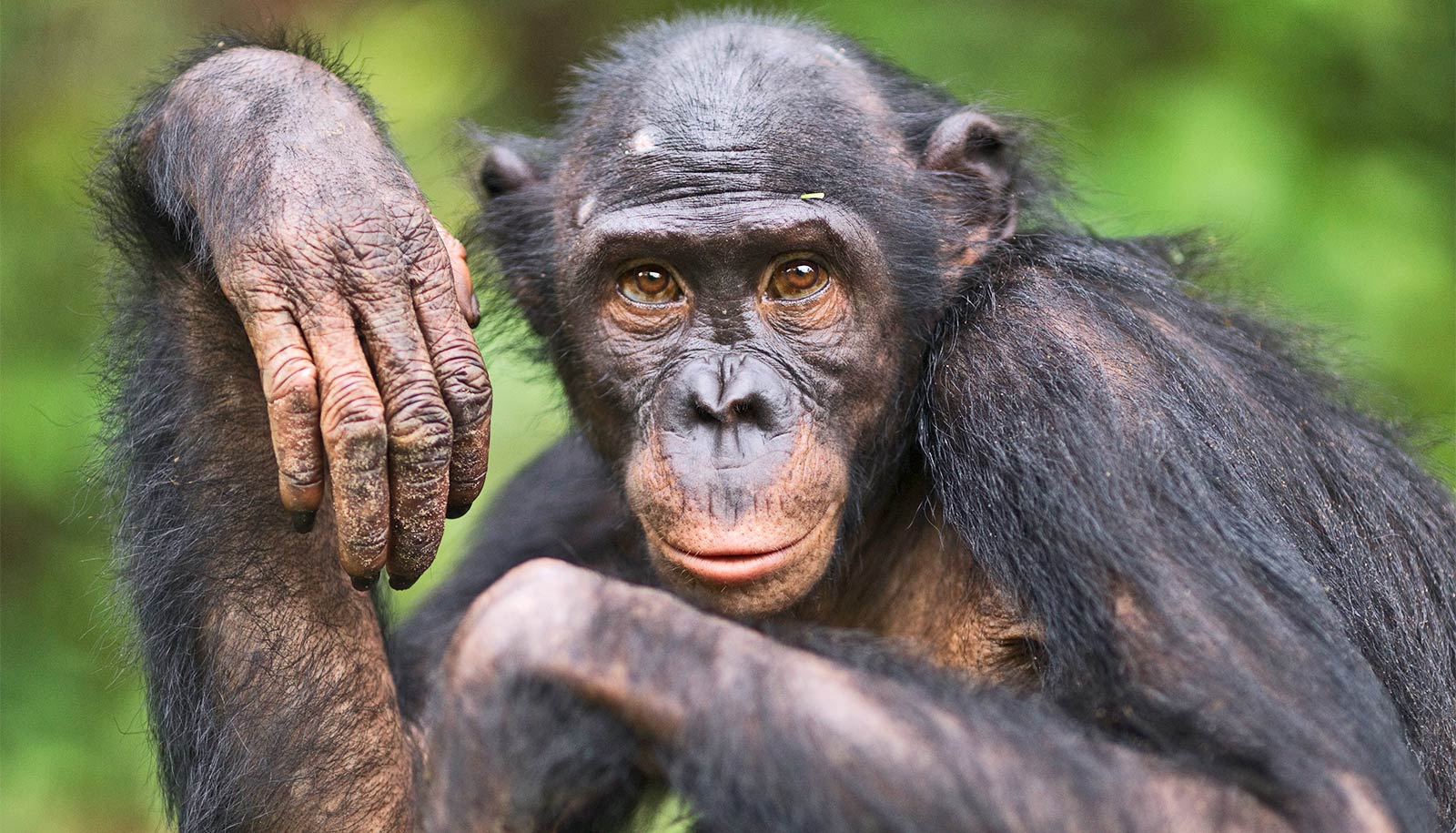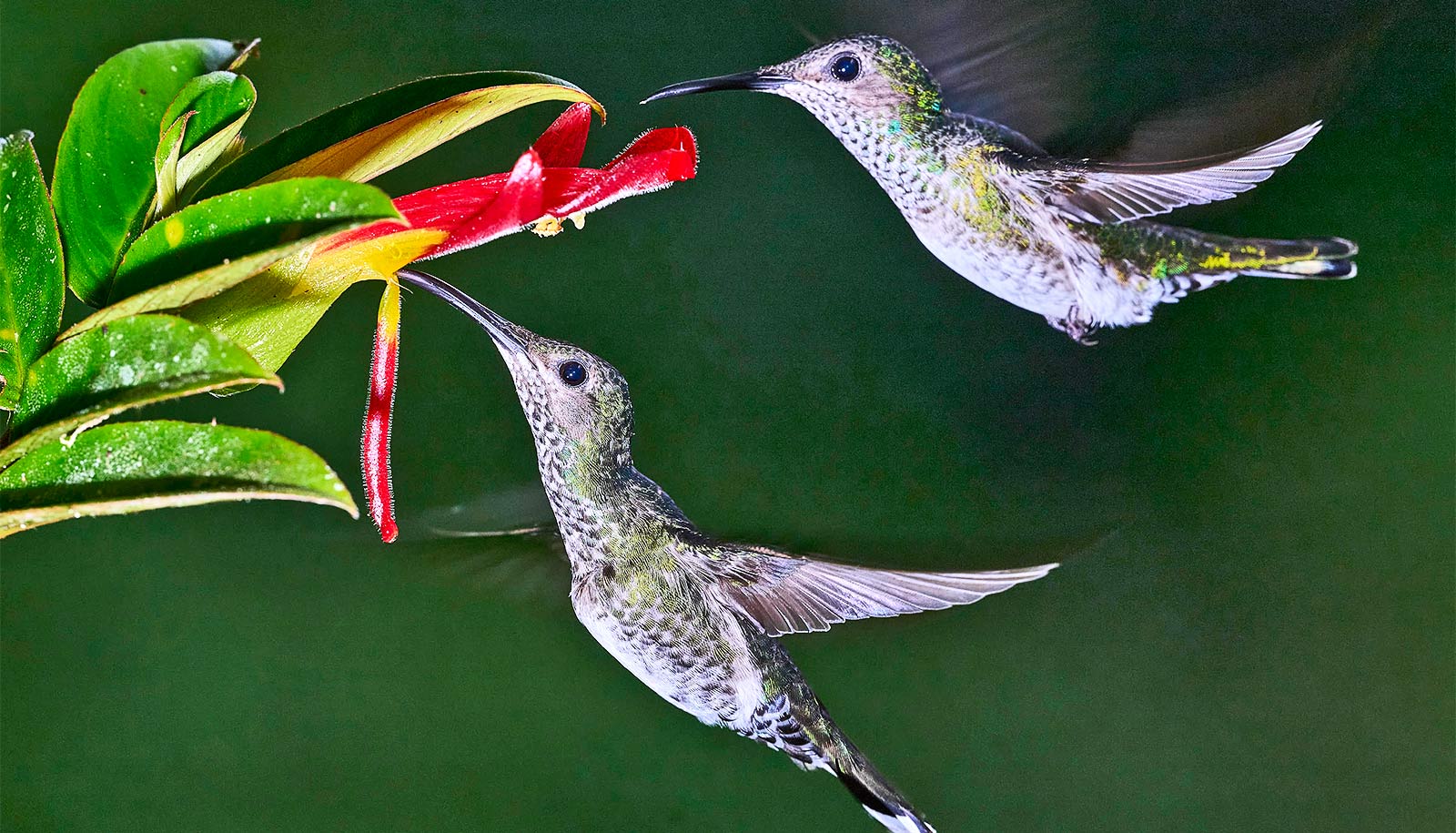Scientists who discovered zebras have black-and-white stripes to repel biting flies have now figured out why giant pandas have the same distinct coloring: camouflage and communication.
“Understanding why the giant panda has such striking coloration has been a long-standing problem in biology that has been difficult to tackle because virtually no other mammal has this appearance, making analogies difficult,” says lead author Tim Caro, professor in the wildlife, fish, and conservation biology department at the University of California, Davis.
“The breakthrough in the study was treating each part of the body as an independent area.”
Doing so allowed researchers to compare different regions of fur across the giant panda’s body to the dark and light coloring of 195 other carnivore species and 39 bear subspecies, to which it’s related. They then tried to match the darkness of these regions to various ecological and behavioral variables to determine their function.
Most of the panda—its face, neck, belly, and rump—is white to help it hide in snowy habitats. The arms and legs are black, helping it to hide in shade.
Zebra stripes work like bug spray
This dual coloration stems from pandas’ poor diet of bamboo and inability to digest a broader variety of plants. This means pandas can never store enough fat to go dormant during the winter, as do some bears. So it has to be active year-round, traveling across long distances and habitat types that range from snowy mountains to tropical forests.
The markings on the panda’s head, however, are not used to hide from predators, but rather to communicate. Dark ears may help convey a sense of ferocity, a warning to predators. Their dark eye patches may help them recognize each other or signal aggression toward panda competitors.
“This really was a Herculean effort by our team, finding and scoring thousands of images and scoring more than 10 areas per picture from over 20 possible colors,” says coauthor Ted Stankowich, assistant professor at California State University, Long Beach.
“Sometimes it takes hundreds of hours of hard work to answer what seems like the simplest of questions: Why is the panda black and white?”
The findings appear in the journal Behavioral Ecology.
Source: UC Davis



